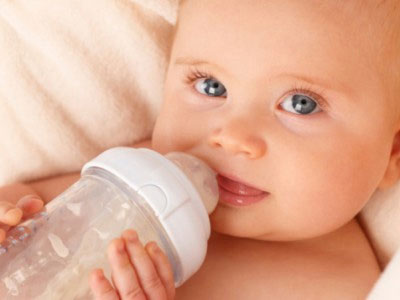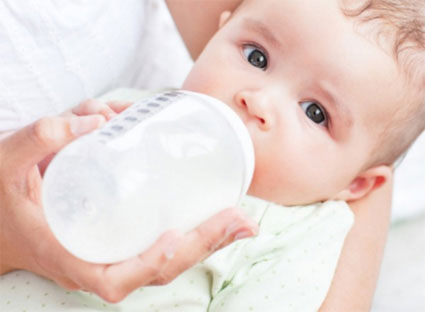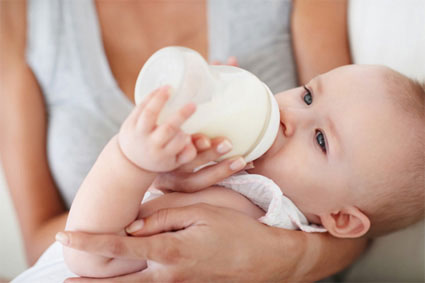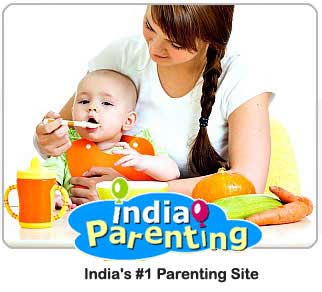Bottle feeding has its own disadvantages in terms of care. Proper care should be taken to see that the hole in the teat is of correct size otherwise baby may not feel comfortable. Too small or too big a size will have its own repercussions. Read on to know how.Although, bottle feeding is not advisable for babies, sometimes it can be only option when breastfeeding is not possible at all. When bottle feeding cannot be avoided, it is a must to take right care of the
bottle feeding equipments, especially the nipple. Let us take a look at how to take right care of the nipple in order to avoid bottle feeding problems.
If the hole is too big, the milk will spurt out rapidly. This will result in the baby taking in too much milk and choking. Boiling the teat may reduce the size of the opening but if it does not you will have to discard the teat.
What are the problems of a small hole in the teat?
If the hole is too small, the
milk will not come out easily and it will take a long time for the droplet to form at the hole in the teat. In this case, the baby will swallow air in her effort to suck the milk which can cause colic and vomiting after feeds. A small hole in the teat can be enlarged using a red-hot needle.
How do I ensure that the hole in the teat is of the correct size?
The hole is the right size, if the milk falls steadily drop by drop when you turn the bottle upside down. Turn the bottle upside down to check that the hole in the teat is the correct size.
When to replace a nipple with a new one?
It is necessary to check the nipple regularly for various signs that the nipple needs to be replaced with a new one. One of the signs that nipple needs to be changed is the size of the hole. The hole of the nipple can become too big due to the wear and tear. As mentioned above, due to the big hole in nipple, the milk will gush out causing discomfort to the baby which may also lead to choking. So, the hole of the nipple should be checked regularly by ensuring that the milk drips steadily from the nipple.
Another sign that the nipple needs to be changed is the discolouration of the nipple. The nipple should be immediately replaced if discolouration in marked. You may also observe signs like breaking and cracking in the nipple. Breaks and cracks may often appear in the nipples used by older babies as they can start chewing them when they feel irritation in their gums due to teething. But in any case, when breaks, cracks and tears are observed in the nipple, it should be replaced as while the baby is sucking milk from the bottle the pieces of cracked nipple can break and cause choking.
A nipple should also be disposed off if the signs like thinning, sticking or swelling is observed. The signs of thinning of the rubber of the nipple can be checked by just pulling the bulb of the nipple. If the nipple does not retract back to its original shape it should be disposed off.
Just like checking the signs of deterioration of nipples regularly, other bottle
feeding equipments must also be checked frequently for wear and tear so that they do not cause any harm to the baby. All the bottle feeding equipments should be used and maintained in hygienic condition in order to protect baby’s health.






























